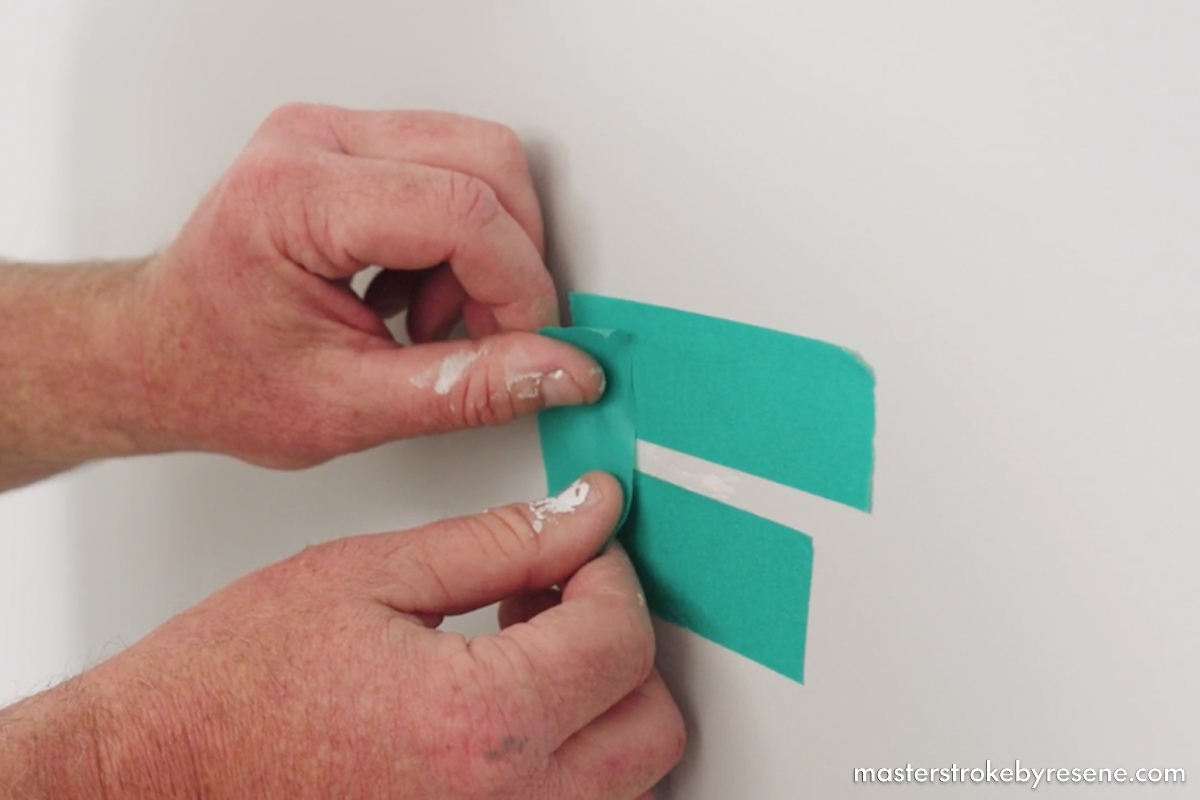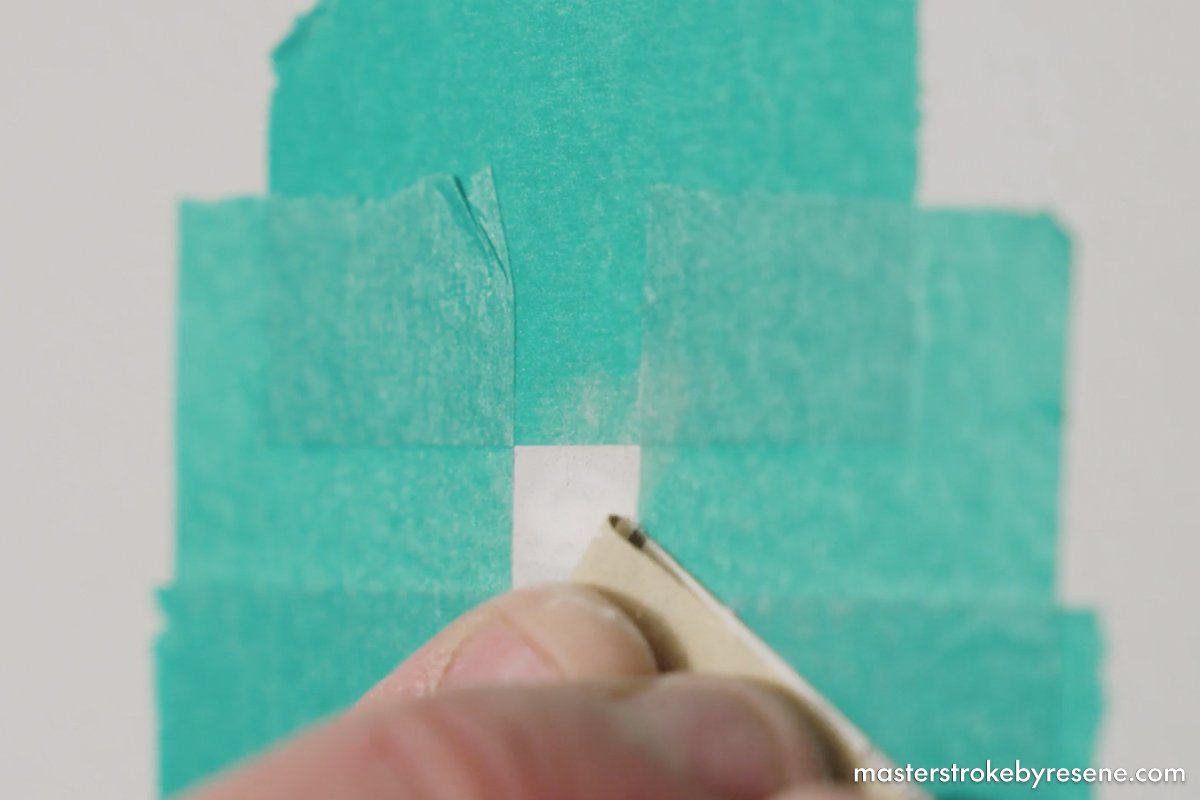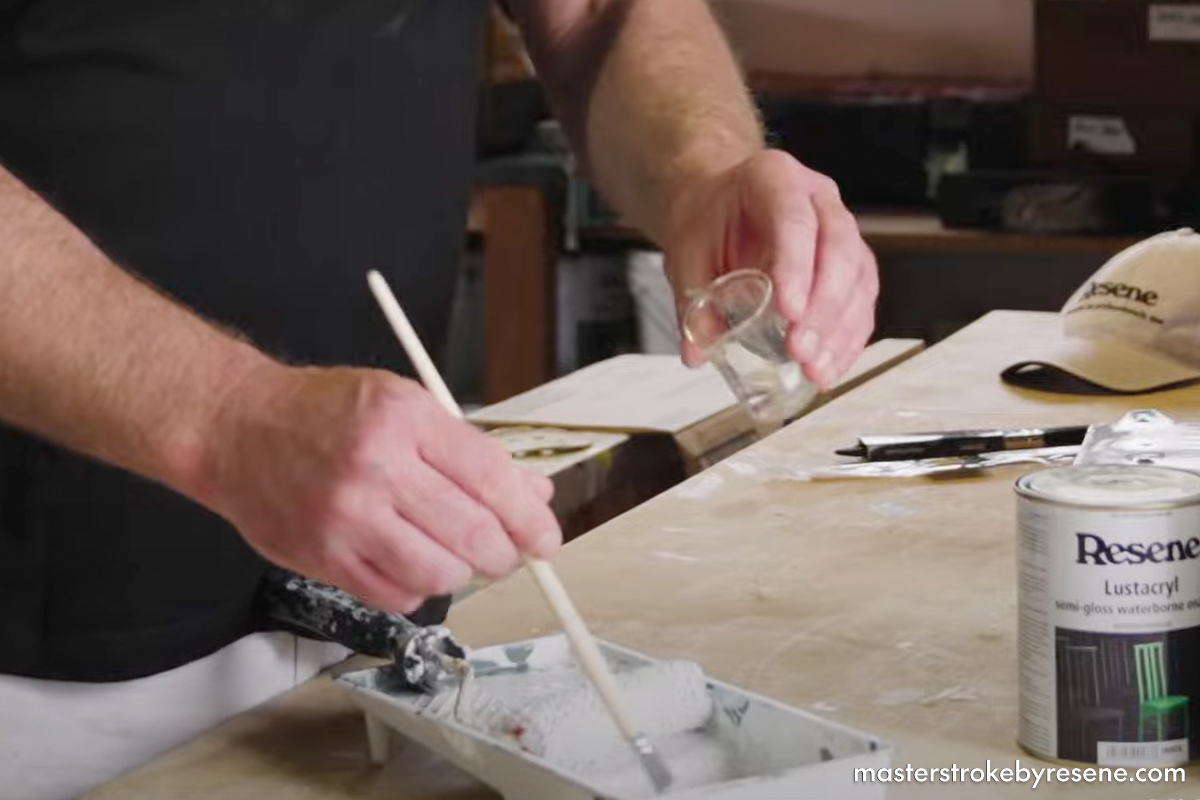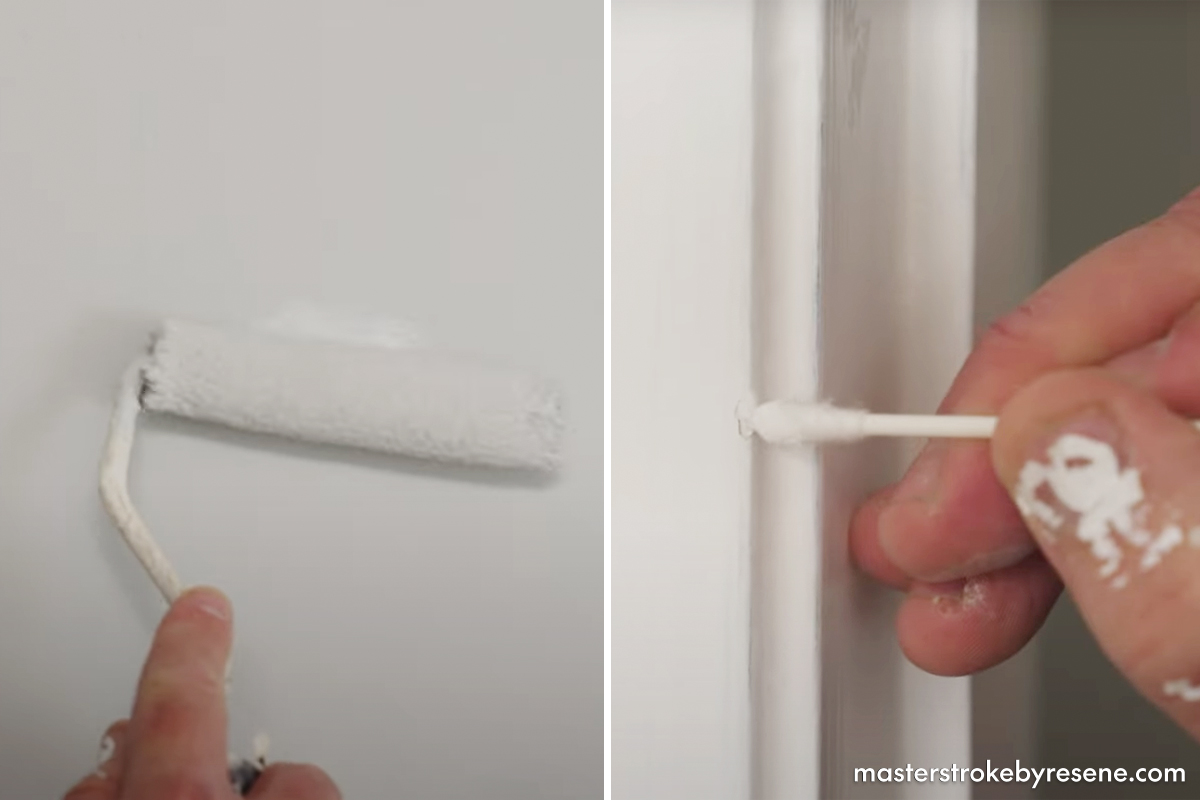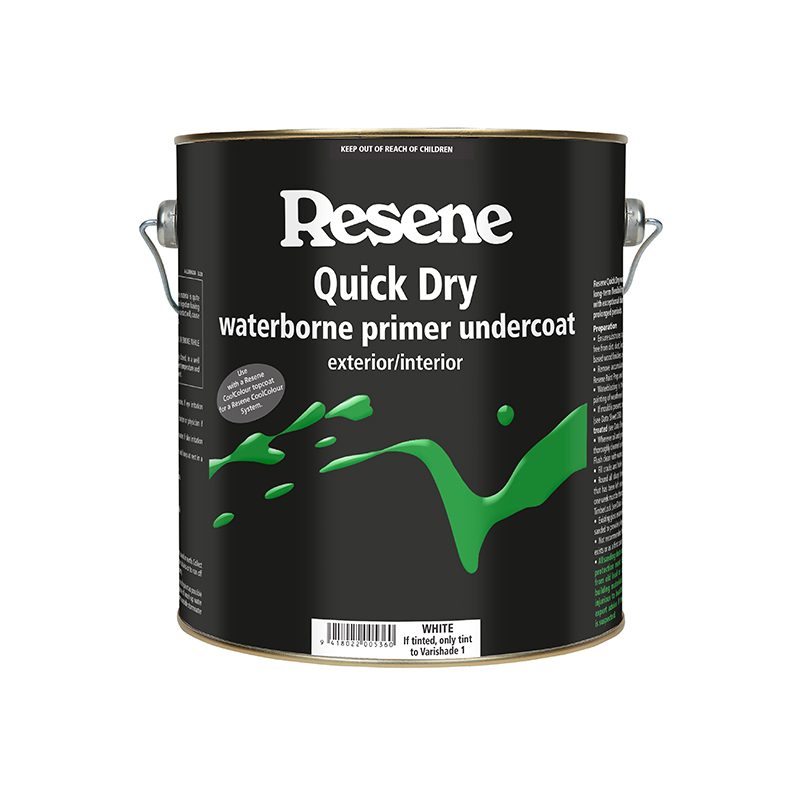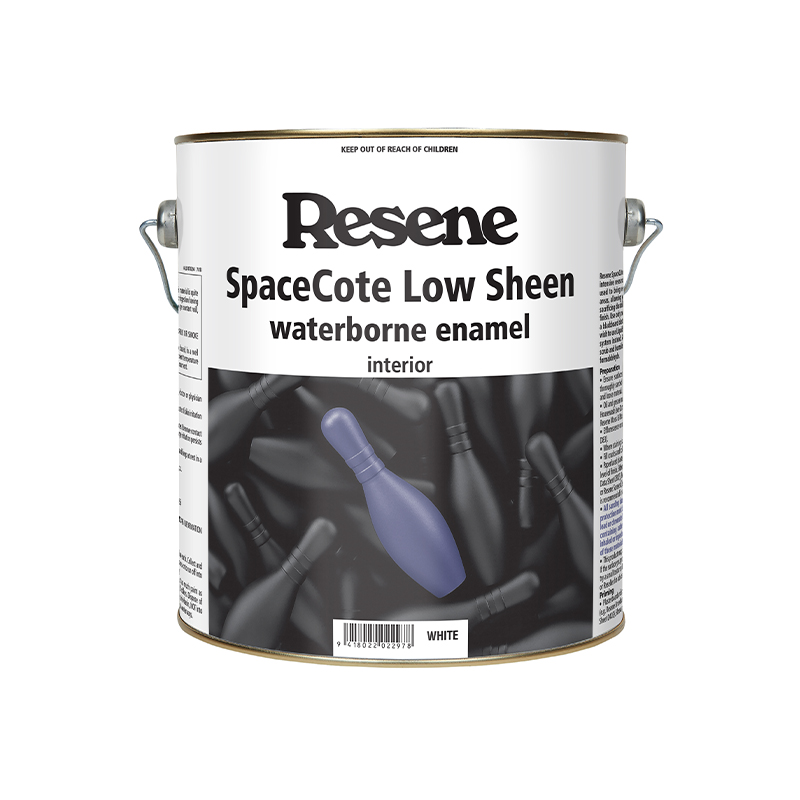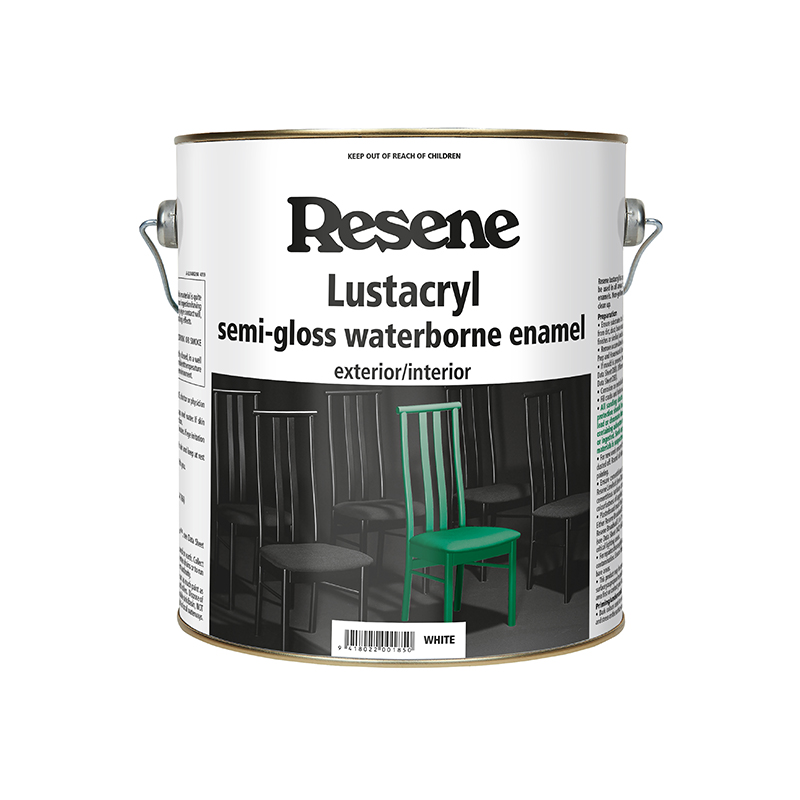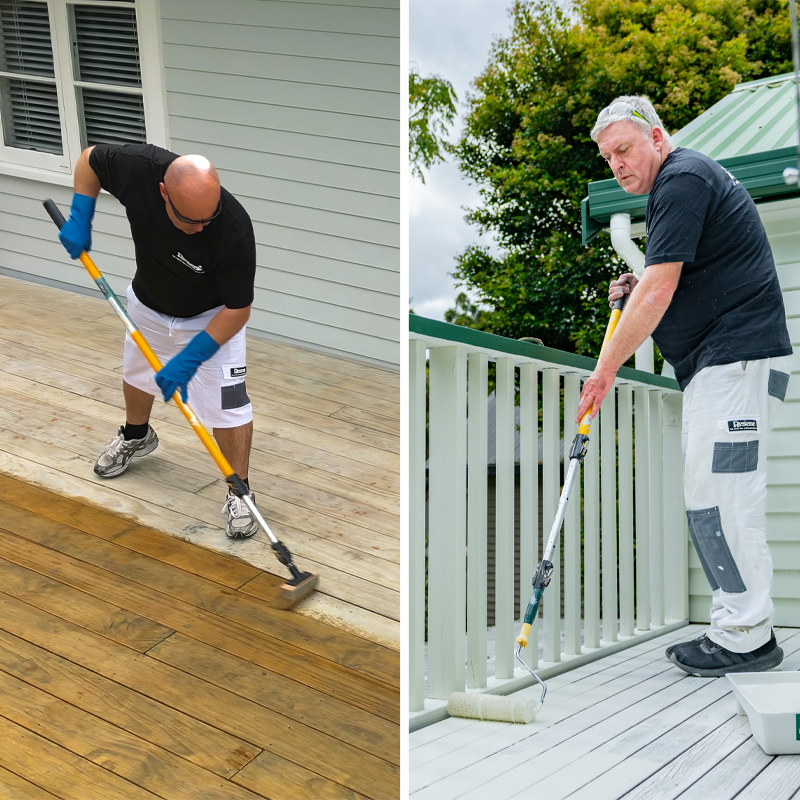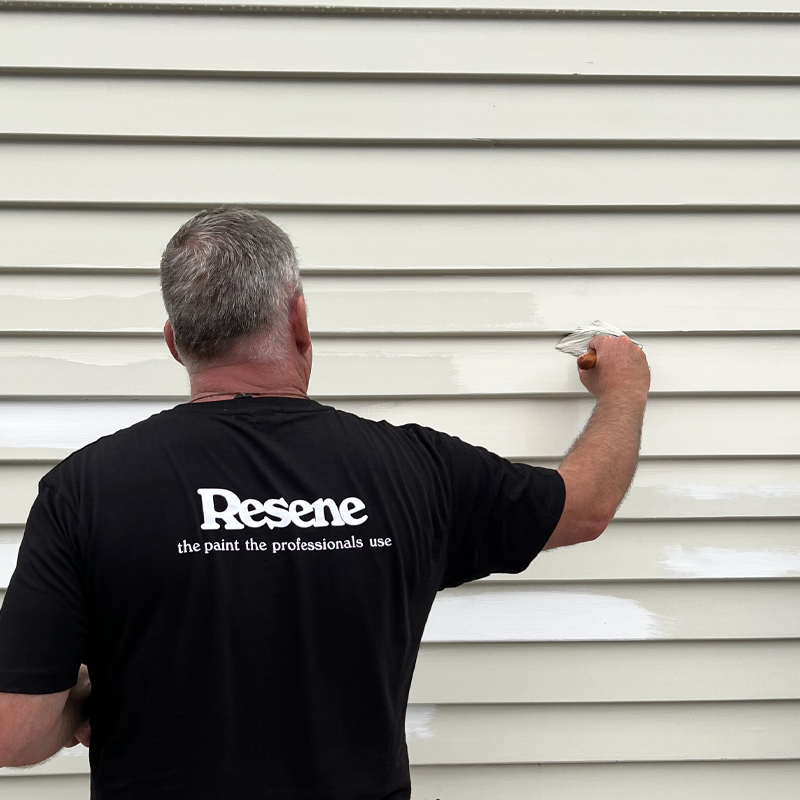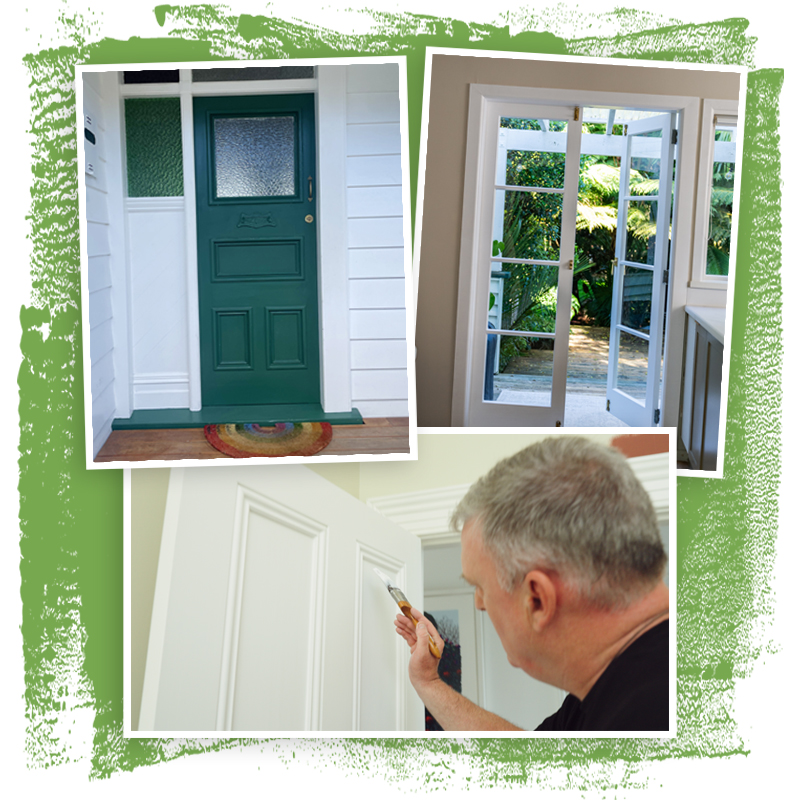It’s a fact of life that our homes are subjected to all kinds of wear and tear daily – especially for anyone with kids and animals! Walls, doors and their frames can be nicked and scraped, which creates unsightly blemishes on your lovely paintwork. Moving furniture, lugging suitcases and general clumsiness can cause small but frustrating damage.
While you may end up getting used to these imperfections over time, it’s important to keep on top of them and so that your home looks its best. While you’re cleaning the outside of your house in preparation for the summer months, why not take time to spruce up the inside and deal with any interior issues you may have been putting off? With a bit of know-how, you can repair and paint over any marks so that they’re completely invisible and blend beautifully with the rest of your wall or door.
It’s important to note that for the very best results, Resene recommends repainting the entire wall once you have repaired the nick. However, in this Paint Like Pro video, Resene Paint Expert Murdo Shaw shows that it’s possible to touch up a nick in a simple step-by-step process. If you do want to try touching up just a small nick, make sure you use the same paint and application technique as the original paint job to help your touch-up blend in.
Touch-ups are usually easiest in shaded areas and on textured surfaces. The smoother and glossier the surface the harder it can be to fix without seeing the difference between the old paint and the touch-up.


